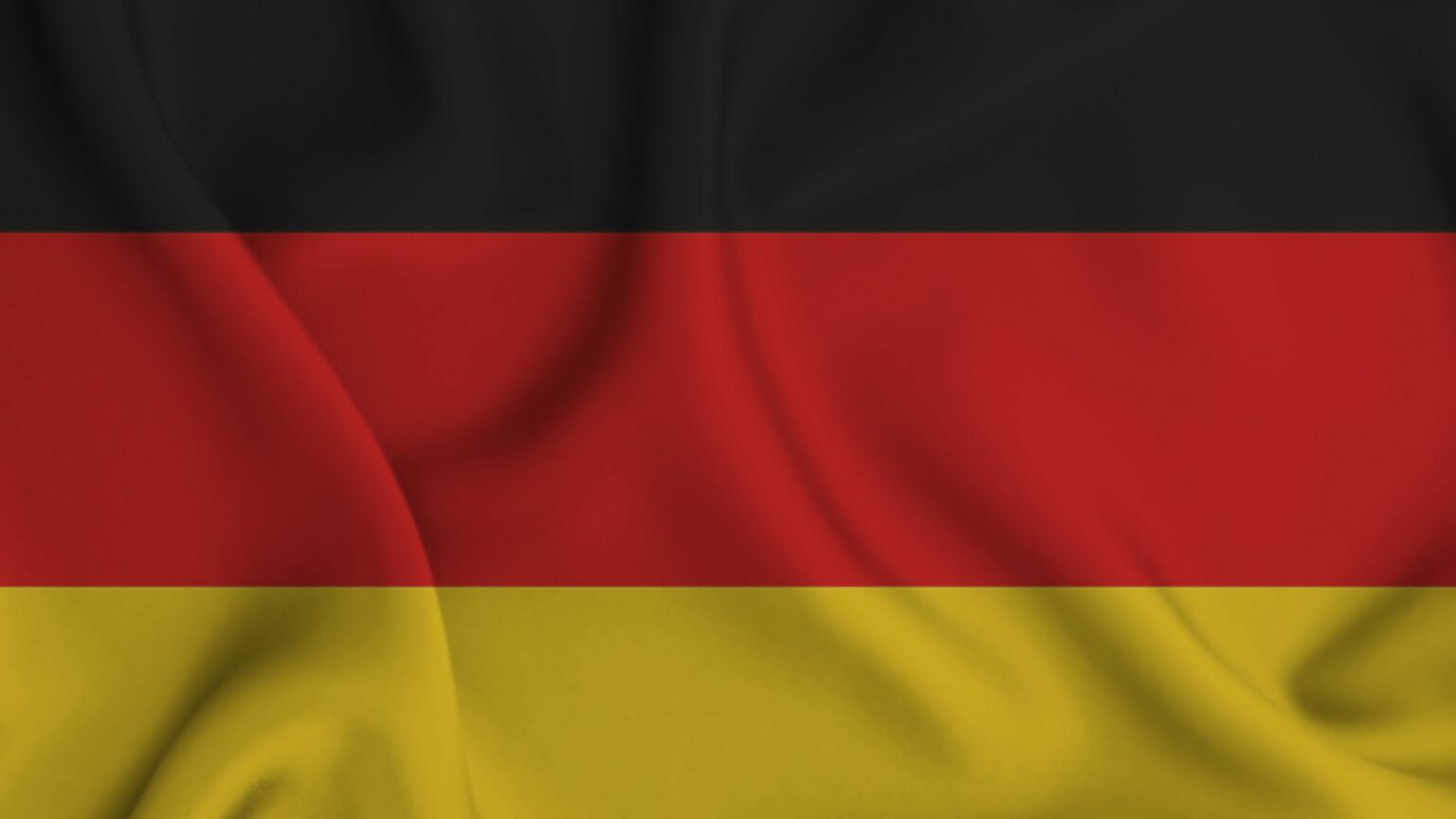BASF has started production of renewable ammonia at its flagship Ludwigshafen Verbund site in Germany, reinforcing the chemical giant’s transition toward low-carbon manufacturing.
The facility now offers both green hydrogen-based ammonia and an aqueous ammonia solution, positioning BASF as one of the first major producers in Central Europe to deliver ISCC+ certified renewable ammonia at commercial scale.
The shift comes amid intensifying industry pressure to decarbonize critical feedstocks, such as ammonia, which accounts for roughly 1.8% of global CO₂ emissions due to its dependence on fossil-derived hydrogen. BASF’s approach integrates green hydrogen—generated from electrolysis powered by renewable energy—into its existing ammonia synthesis infrastructure, allowing for a direct reduction in natural gas consumption and carbon intensity.
The renewable content of the hydrogen used is accounted for through a mass balance method verified under the ISCC+ (International Sustainability and Carbon Certification) scheme. This allows BASF to attribute the renewable share of hydrogen to both pure ammonia and its aqueous solution variant, containing 24.5% ammonia by weight—commonly used in emissions control, chemical synthesis, and industrial cleaning processes.
The renewable hydrogen supply is sourced in part from a recently commissioned 54MW PEM electrolyser at the same Ludwigshafen site. Developed in collaboration with Siemens Energy, the electrolyser is capable of displacing up to 8,000 tonnes of grey hydrogen annually. This represents a critical decarbonization milestone in a sector where hydrogen is traditionally produced via steam methane reforming—a process associated with high emissions.
While most of the green hydrogen will be used within BASF’s integrated chemical production network (Verbund), a portion is earmarked for mobility applications in the Rhine-Neckar region. The flexibility of the plant to route hydrogen to both industrial processes and transport underlines the multifaceted role green hydrogen is expected to play in Germany’s energy transition.
Stay updated on the latest in energy! Follow us on LinkedIn, Facebook, and X for real-time news and insights. Don’t miss out on exclusive interviews and webinars—subscribe to our YouTube channel today! Join our community and be part of the conversation shaping the future of energy.





